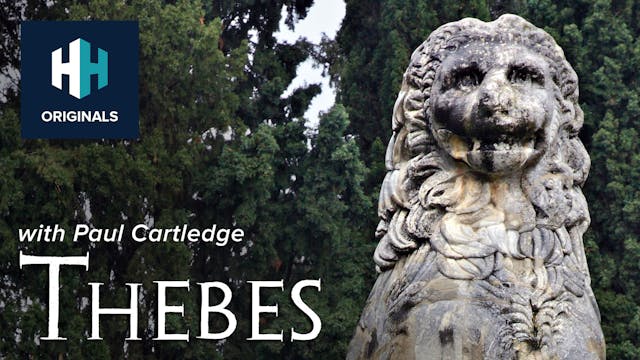In 60 AD, the fledgling Roman town of Colchester witnessed ancient Armageddon. Thousands of British warriors descended on the settlement, turning what was then the capital of Roman Britain to ash. At the head of these attackers was one of the most well-known figures in British history - the warrior woman Boudica. Her bloody assault on Colchester marked one of the first gruesome events of her revolt against the Romans.
For a long time, the Roman historian Tacitus was our main source for Boudica’s great burning of Colchester. But no longer. Beneath the ground level of the modern city, archaeologists have uncovered actual physical evidence of the burning. From a visible ash layer in the soil, to a great wealth of artefacts that have revealed more about the sheer brutality of Boudica’s onslaught and the tragic tales of innocent victims caught up in the carnage.
Tristan Hughes visits Colchester to investigate this incredible archaeology and to see whether it supports the surviving Roman account for Boudica’s bloody sacking of this settlement almost 2,000 years ago.
Up Next in That's Ancient History
-
Medusa with Natalie Haynes: Episode One
History Hit goes on a remarkable journey with classicist Natalie Haynes to the beautiful Greek island of Corfu to discover the truth behind the myth of Medusa: a woman who both beguiles and terrifies us.
In this first episode, Natalie explores the roots of the extraordinary myth and follows it ...
-
Pompeii: Life in the City - Episode 4
Dan and Kate Lister discover that crime and violence were a daily threat in Pompeii.
-
Thebes
Athens, Sparta and Corinth are arguably three of the most famous, and most significant, Greek city-states of antiquity. But there is one 'polis' that is often forgotten. A city that rose to prominence during the 4th century BC. That city was Thebes. From fighting with the Persians during the Pers...




28 Comments